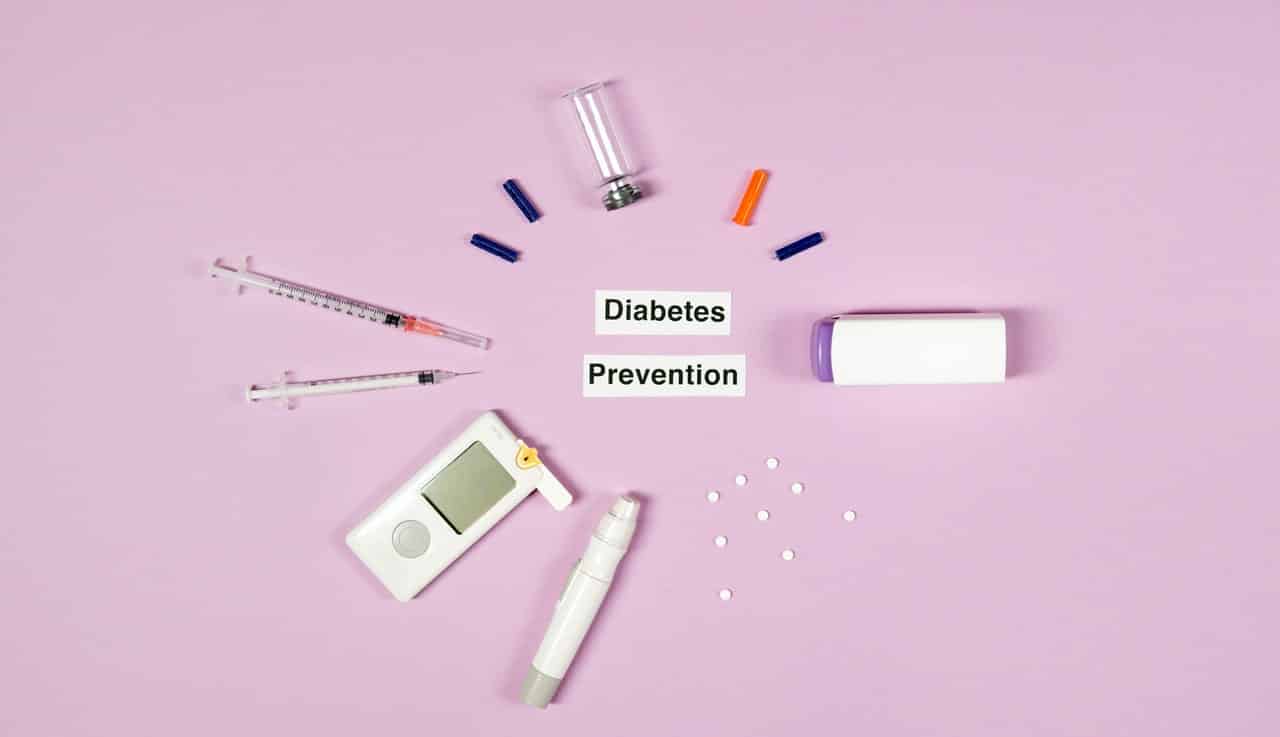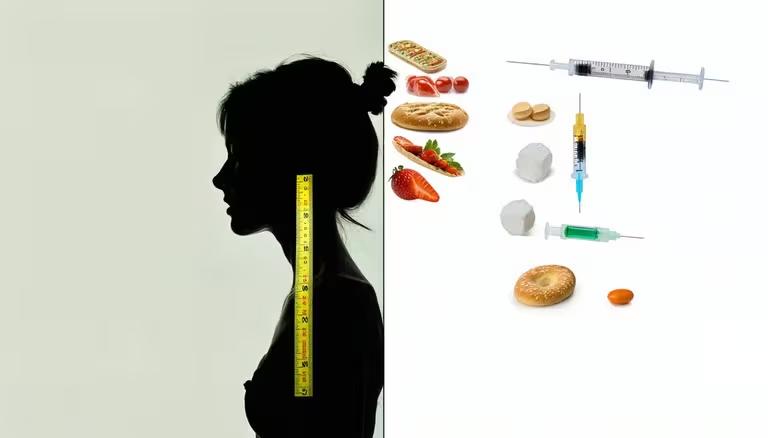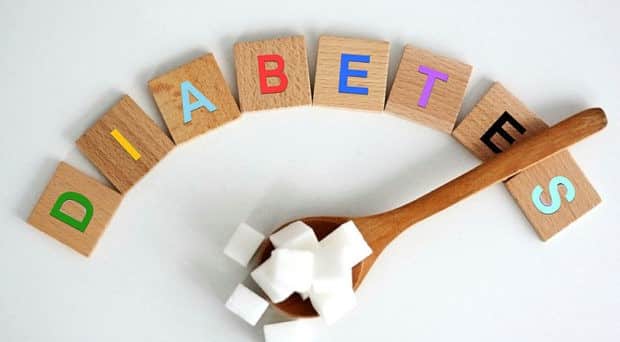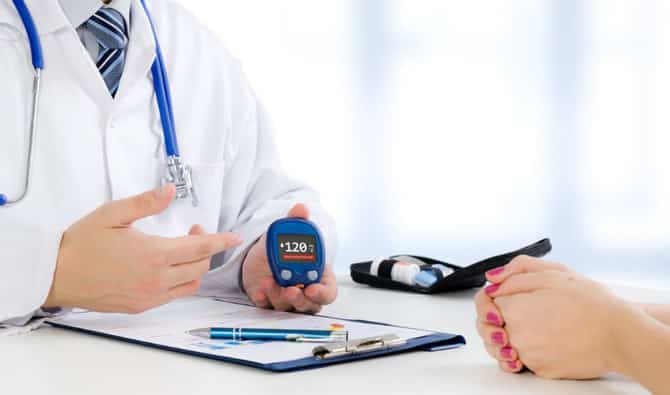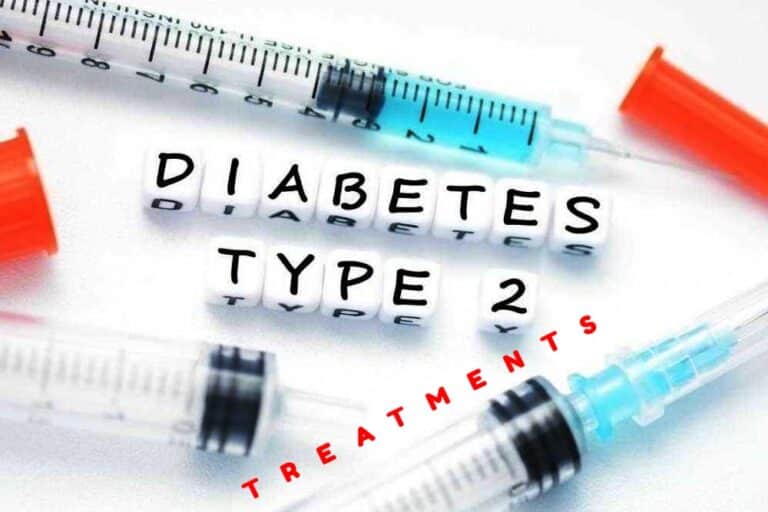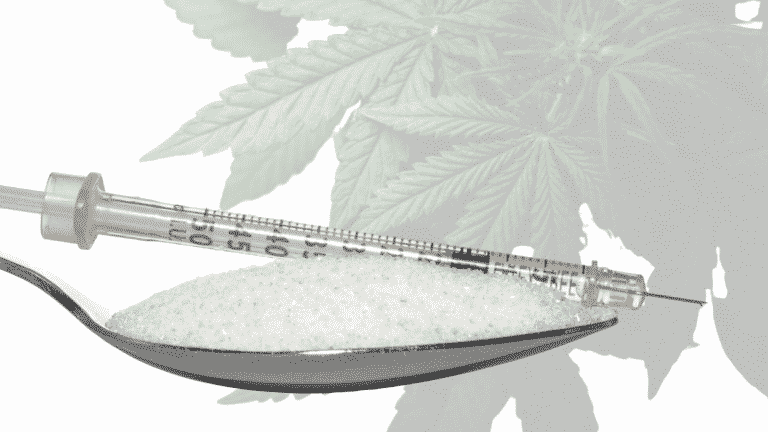Tips for Preventing Insulin Resistance in Type 2 Diabetes
Insulin resistance is a condition in which the body is unable to properly absorb glucose from the bloodstream. However, in people without type 2 diabetes, this might cause the pancreas to produce more insulin in an attempt to force the glucose into the body’s cells. For those who have type 2 diabetes, there’s no additional insulin produced. The only alternative is to use other methods that prevent unhealthy amounts of glucose in the blood or flush the excess out of the system. Here are some easy tips for preventing insulin resistance in t2d patients.
Keep the Carbohydrate Count Per Meal Within Reason
When you were diagnosed with type 2 diabetes, your physician provided some guidelines for meal planning. You may have worked with a dietitian to refine that planning. The bottom line is that you were given a limit on the amount of carbohydrates you should consume per meal.
Following that guidance to the letter is one of the most effective ways to avoid the possibility of developing insulin resistance. Fewer carbohydrates mean less glucose in the bloodstream. That in turn means the insulin your body does produce is more likely to be sufficient to push the glucose into the cells.
Choose Complex Carbohydrates Over Simple Carbs
Complex carbohydrates tend to be absorbed slower than simple ones. Why does this matter? It means that the amount of glucose in your bloodstream is likely to be close to a healthy amount at any given time. Your body is better equipped to convert the glucose to energy and keep glucose levels lower. The lack of stress on the conversion process means less trauma for the pancreas and the body in general.
Limit Portion Sizes
People diagnosed with type 2 diabetes don’t just have to rethink the foods and beverages they consume. It’s also necessary to lean how to make use of portion control. In today’s world, what people think of as a normal portion is actually more like double or triple portions.
If necessary, there are scales that can be used to measure out portions. Over time, it will be easier to eyeball amounts and know they are close to correct. Learning to do this is one more way to place less stress on the body, lower the risk of insulin resistance, and in general feel better.
Exercise Regularly
Exercising helps to accelerate the conversion of carbohydrates into energy. That empties excess amounts of glucose from the bloodstream, while helping inhibit the chance for insulin resistance to develop. 30 minutes of physical activity each day will do wonders to prevent or even correct insulin resistance. A simple brisk walk for that amount of time will work.
Shed Those Extra Pounds
Those extra pounds do more than make your clothing tight. They also serve as a barrier between breaking down carbohydrates and supplying energy to the muscles and other cells. Setting goals for losing excess weight and keeping the pounds off decreases the risk of developing resistance to whatever amount of insulin your body produces. If you already have some degree of insulin resistance, losing weight can help reverse the problem.
Make the most of the insulin your body still produces. Take your medication on time, follow a sensible low-carbohydrate diet, and exercise a little every day. Doing so will make it easier for your body to utilize the insulin effectively and delay the onset of various diabetes-related complications. Hopefully you found this article informative regarding tips for preventing insulin resistance in type 2 diabetes.

